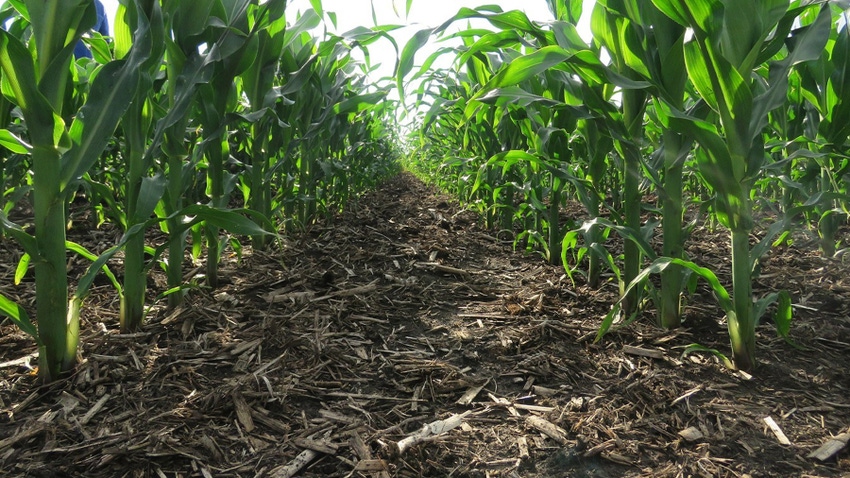November 28, 2023

by Josh Kamps
The official, unofficial start of the 2024 cropping season has begun. This seems like a ridiculous statement since it is late November and according to the calendar, winter is on the way and the arrival of spring is not for another four months.
During the dead of winter each year, I am reminded of this optimistic message from my grandfather: “Today, spring is one day closer.” My grandfather, like many lifelong farmers, shared nuggets of wisdom intertwined with each message. This message builds up my courage to step through the front door on a cold, wintery Wisconsin morning. Does this message also contain a nugget of wisdom to apply toward seed selection decisions for the 2024 cropping season?
The cropping season begins each year with the seed selection decision. For this decision to be viable, it must promote short- and long-term crop production profitability. The foundation for this decision is based on selecting a top-performing seed variety for a particular region of the state.
The University of Wisconsin-Madison Division of Extension provides corn hybrid, soybean variety and small-grain variety performance trial information. This information is available at the Crops and Soils webpage. Pairing this information with on-farm variety trials and seed industry guidance supports an informed seed selection decision. Selecting seed varieties for performance sets the foundation for a productive cropping season.
FREE Download: Hybrid and variety selection tips
What else besides performance is part of a seed selection decision? At the time of seed selection, a pest control plan is also chosen based on genetic traits for insect control, herbicide resistance and disease resistance within each variety. These genetic traits direct the season’s pest management plan. The Handy Bt Trait Table for U.S. Corn Production is a resource that defines each trait available on the market to assist with trait selection when selecting seed.
Although it is impossible to predict the season-long pest injury risk, particular pest management strategies do assist with reducing the level of pest injury risk. Develop an Integrated Pest Management plan for each farm and field. Match seed traits with the chosen pest control plan. An investment of time in this exercise can reduce seed cost and pesticide use while layering pest control measures on the farms and fields at highest risk of pest injury.
Here are key pest management strategies:
Use crop rotation practices.
Use cover cropping and soil management practices.
Measure pest populations by field.
Document pesticide resistance.
Anticipate the weather outlook on pest pressure.
During the early stages of the 2024 cropping season, dig into the UW crop performance trials and identify hybrids and varieties that provide foundational decision-making information to meet cropping goals. Choose seed traits that match the pest management strategies for each farm and field. Develop an IPM plan grounded in preparedness based on field data and anticipated pest pressure. For additional assistance with seed selection, contact your local Extension crops educator.
“Today, spring is one day closer.” Did you identify the nugget of wisdom within that message? I think Grandpa was encouraging a state of preparedness for the upcoming cropping season. He was a student of the soil, plants and animals around him, learning how they interact with each other. He relied on an IPM plan for profitable crop production during his farming career, and the value of an IPM plan remains high today.
Kamps is the University of Wisconsin Extension crops and soils outreach specialist for Jefferson, Rock and Walworth counties.
You May Also Like




